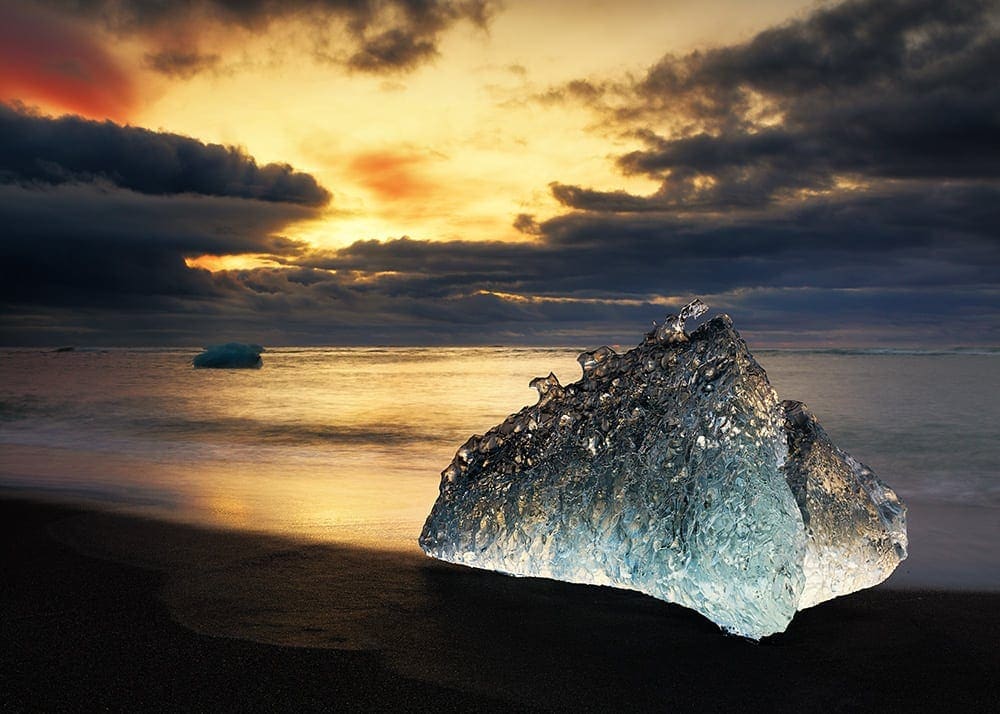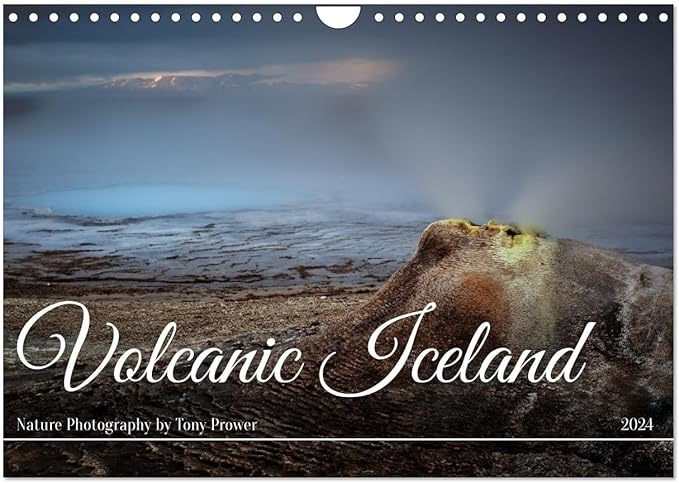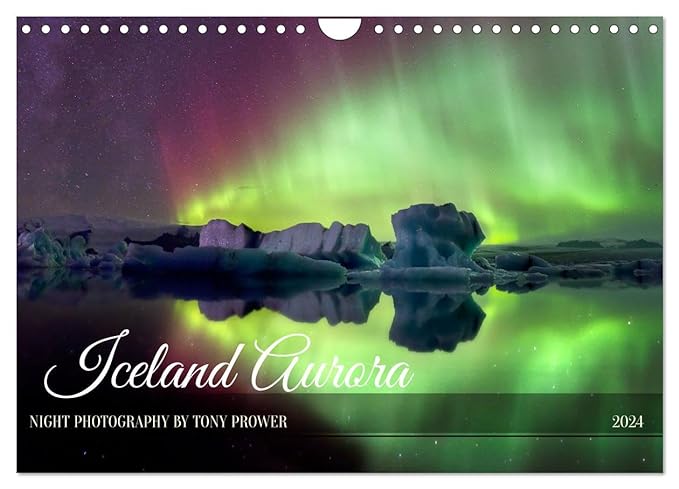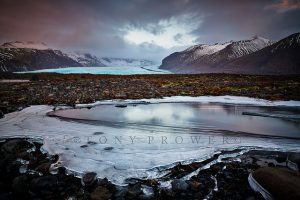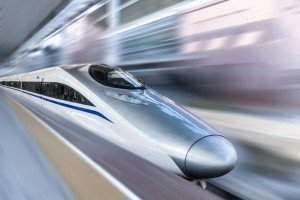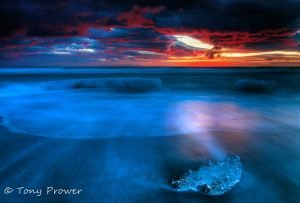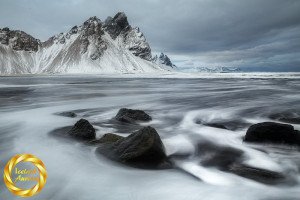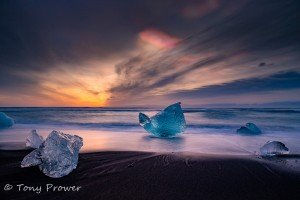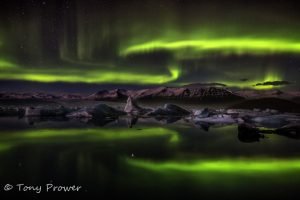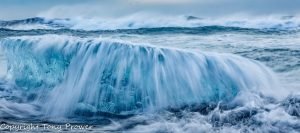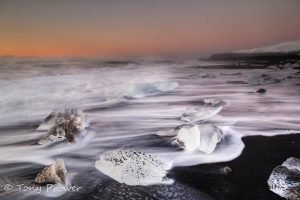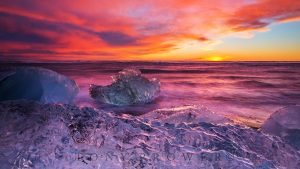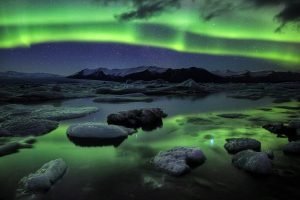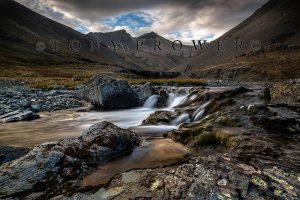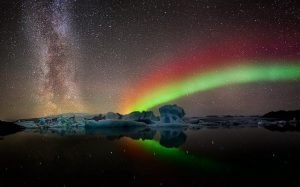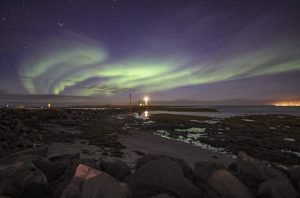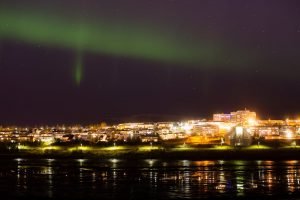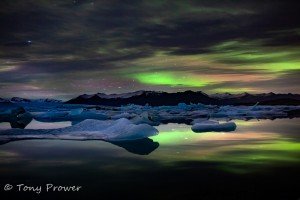Morning photo shoot
This photo was taken on a mild September morning with slight chances of gaps in the clouds for the Sunrise at Jökulsarlon glacier ice beach. I have visited this beach 1000s of times, but this time I was with a Hassleblad 4HD. What are the pros and cons of using a medium-format digital camera in Iceland?
Buy this photo as a print in the Galleries.
Tours Around Iceland
Zero Filters!
The reason I was with a Hassleblad was because I was guiding a group on a Hassleblad workshop with Oliver Klink. The reason I only got a handful of shots is because the workshop leader came without filters. Yes, we were shooting Icelandic landscapes with high-end cameras, but no filters. This was probably because most of the lenses had huge front elements, so filter kits for everyone would have been ridiculous. This is a serious consideration if you are travelling with a full kit and you are not hiring a team to carry your gear. We were hiking around with one lens each which worked for a group because we always has a selection of lenses with us. But the camera + a single lens was a full back-pack and quite heavy after a while. Adding a filter kit would have been very challenging. The camera and lens requires a heavy duty tripod and head. Most of the guests had full size Gitzo tripods and ball heads.
As I am predominantly a long-exposure photographer, I was pretty much screwed with no filters. I had about 2 reasonable opportunities to get exposures around 8 seconds with some colour in the sky. These shots were taken before sunrise because it was just possible to get an 8 second exposure.
Super Auroras
When Oliver suggested we shoot Auroras at 100 iso, I knew he was not experienced. He obviously had no idea of the lengths we go to to get Aurora on our sensors. If you want Auroras, don’t get one of these… the exposure was limited to about 100 seconds and the noise was ridiculous at anything past 200 iso. The only way you could possibly succeed at night is to have Super Auroras – the type that could break electronics.
So is there anything good about the Hassy?
Of course there is! The colour representation is fantastic as long as your exposure is in the ball park. The 30, 40 and 50 megapixel files have a good dynamic range. The files respond well to push the shadow details, almost the opposite to a DSLR. Typically we would expose for a good sky, (if we are blessed for 2 weeks without filters). The lenses are fine, nothing special (at least the ones we had). I was a little disappointed with the amount of CA (Chromatic Aberration) and the DOF was shockingly limited.
This was so disappointing! In my ignorance, I was excitedly anticipating a similar DOF enjoyed with Medium-format film cameras. Not so! A medium-format digital sensor is larger than a full-frame DSLR (obviously), so we have issues similar but opposite to using a crop-sensor DSLR. I was using a 35mm lens to achieve a 24mm focal length. It is important to remember that this has the 24mm field of view, but the 35mm DOF characteristics. Trying to include a lovely rich foreground is problematic.
How did the Hasselblad survive Iceland?
Like most objects, they survive with a bit of care and respect. We used plastic covers in the rain. I couldn’t afford to take chances with this on the Ice Beach! One guy slipped on a piece of ice as he ran from a big wave. He was lucky, that was nearly a $30,000 USD slip!!
How did the workshop succeed with no filters, shallow DOF and terrible Auroras?
It was not a very successful workshop. Oliver Klink taught us how to do HDR (to cope with the lack of filters), Focus Stacking (to cope with the shallow DOF), stitch panos (to cope with the limited selection of lenses) and for Northern Lights I suggested that we use our DSLRs. So what Klink taught us we basically had the skills to create the same images using a DSRL (without all the extra weight to carry around). I don’t think he sold any Hassleblads!
If you want stunning landscapes, add some filters to the already heavy backpack and a lot of care, you just might succeed.
